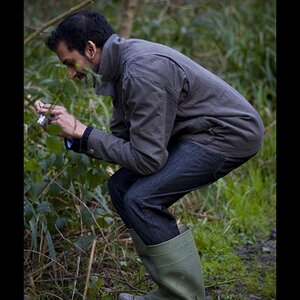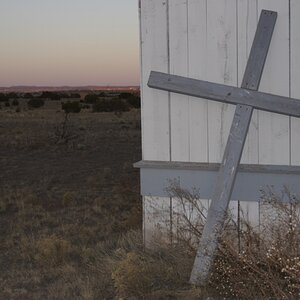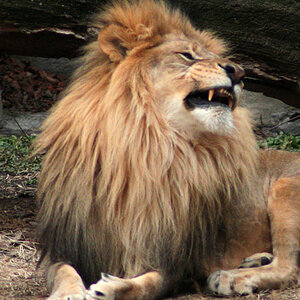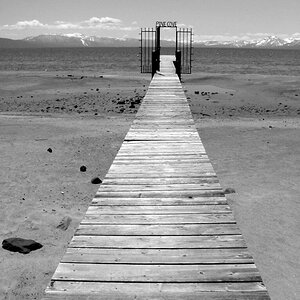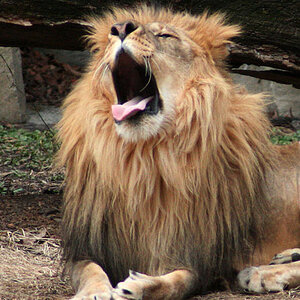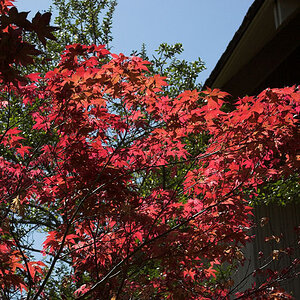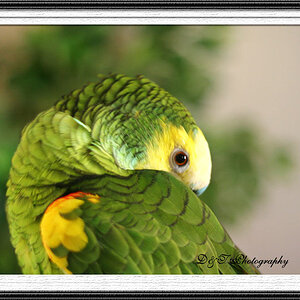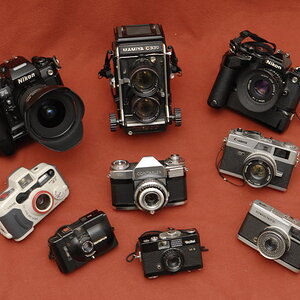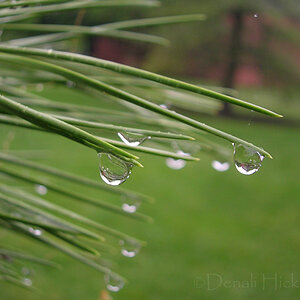Jade16
TPF Noob!
- Joined
- Sep 23, 2015
- Messages
- 46
- Reaction score
- 1
- Can others edit my Photos
- Photos NOT OK to edit
On a lifestyle newborn shoot, indoors, in the master bedroom...would you recommend natural light and bumping up the ISO? or would it be better to use an external flash? Help Please! I have a 5d mark iii and 50mm 1.4 and a 24-70 2.8.


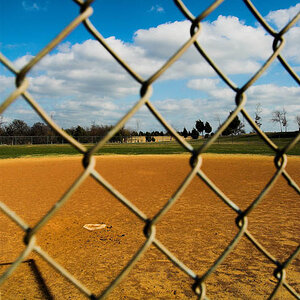
![[No title]](/data/xfmg/thumbnail/42/42350-49b17d39599ec1d51c6d801ea651d3af.jpg?1619740148)
